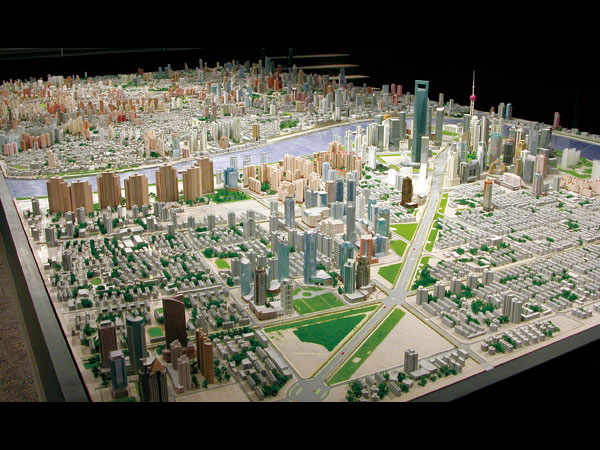Development is a process of enhancement of quality of life through production, provision and utilization of goods and services with people’s choice and environmental sustainability. Developmental planning is the process of organizing resources, people and their activities over space and time to achieve some objectives.
For a successful town planning there must be a plan which envisages the entire town as a single unit. The development or expansion of a town takes a long time and therefore, the development is required to be controlled at any time on the basis of a plan. Such a plan is called as Development Plan or Master Plan. The development plan is generally prepared to improve the old conditions of the town but it is also equally necessary for the new cities to be planned and built on virgin land. e.g. New Delhi, Gandhinagar, Chandigarh, etc. A development plan is an ideal plan showing the full development of the town at some future date. A master plan or a development plan or a town plan may be defined as a general plan for the future layout of a city showing both the existing and proposed streets or roads, open spaces, public buildings etc. A master plan is prepared either for improvement of an old city or for a new town to be developed on a virgin soil. A master plan is a blueprint for the future. It is an comprehensive document, long range in its view, that is intended to guide development in the township for the next 10 to 20 years. Urban planning involves forecasting future population growth and planning for possible changes. Planners consider rate of growth, rates of natural increases and migration, age profile of the forecasted population, housing types and employment services required for making proposals. To be successful the development planning process must be:
- Visionary and realistic i.e. it must raise the aspirations for the people and area and provide a vehicle for consensus building and implementation
- Fully integrated into land use planning system, but also allow new uses and market opportunities to exploit the full development potential of the area
- A flexible process, providing the basis for negotiation and dispute resolution
- A participative process, providing all the stakeholders with a means of expressing their needs and priorities
- Equally applicable to rethinking the role, function and form of existing neighborhoods as creating new neighborhoods.
- The manner in which land in the planning area shall be used
- Allotment and reservation of land for residential purpose, commercial purpose, industrial purpose, agricultural purpose, parks, play fields and open spaces, improvement and conservation of urban renewal areas and amenities, services and utilities
- Provision of areas for housing, shopping, industries, civic amenities and health, educational and cultural facilities
- Control of architectural features
- Provision of zoning regulation
- Phasing of development proposals




0 Comments